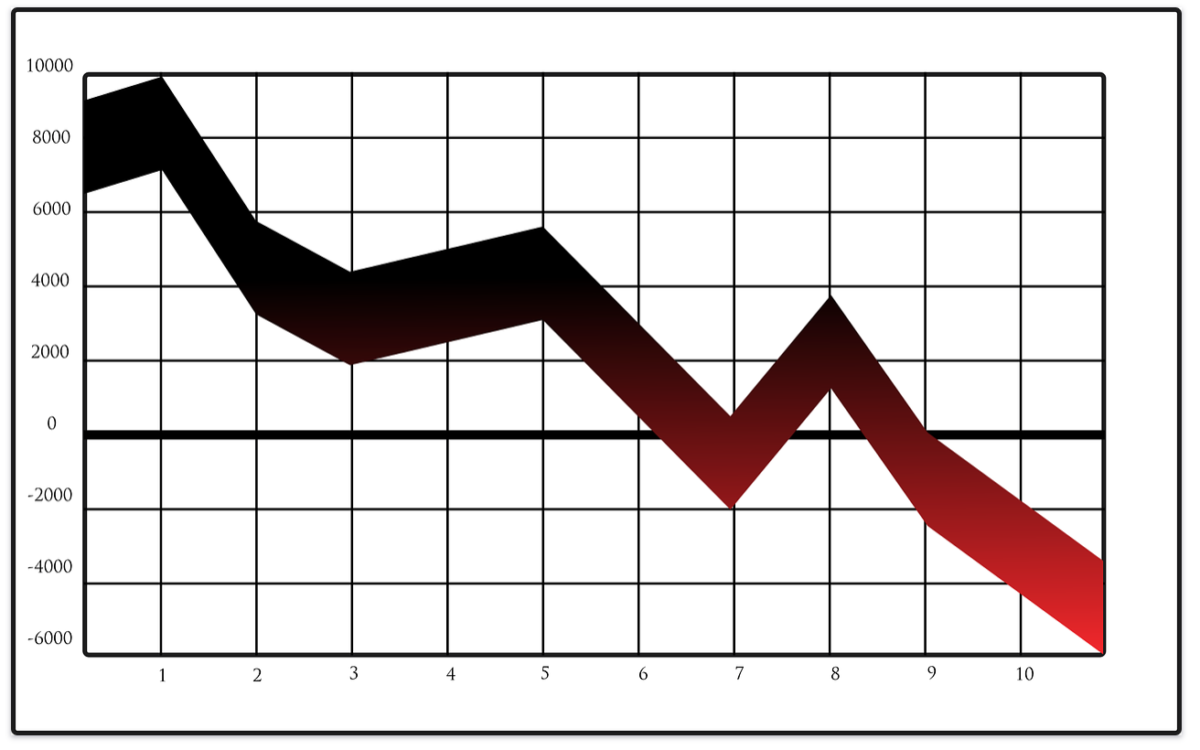by Fred Fuld III
What do Tom Brady, Patrick Mahomes, Naomi Osaka, LeBron James, Kevin Durant, Draymond Green, and Kevin Love all have in common, other than the fact that they are all sports figures?
They are all buying Major League Pickleball expansion teams.
According to Markets Report World, the pickleball industry “is expected to expand at a CAGR of 10.19% during the forecast period, reaching USD 2368.34 million by 2028.”
The sport of pickleball was invented in the mid-1960s by Joel Pritchard, a congressman from Washington state, along with his friends Bill Bell and Barney McCallum. The game was initially created as a form of entertainment for Pritchard’s family during the summer. The exact details of how the game got its name are not entirely clear, but it is believed to have been named after the Pritchard family’s dog, Pickles, who would often chase after the ball.
The first pickleball court was set up in the backyard of Joel Pritchard’s home on Bainbridge Island, Washington. The game quickly gained popularity within their community and started to spread to other regions. As more people discovered and enjoyed the sport, pickleball began to evolve and develop its own set of rules and equipment.
Pickleball combines elements of various paddle sports, including tennis, badminton, and table tennis. It is typically played on a court about one-third the size of a tennis court, with a net placed lower than a tennis net. Players use solid paddles made of wood or composite materials to hit a plastic ball with holes, similar to a wiffle ball.
In the 1970s, pickleball started to gain wider recognition and organized play. The USA Pickleball Association (USAPA) was formed in 1984 to promote and govern the sport. The USAPA established standardized rules and regulations, developed a ratings system, and organized tournaments and events.
Since then, pickleball has experienced tremendous growth, especially in the United States, but also internationally. It has attracted players of all ages and skill levels due to its accessibility, social nature, and the relatively short learning curve. Many parks, recreation centers, and athletic clubs have incorporated pickleball courts, and the sport is now played competitively at local, regional, national, and international levels.
Pickleball has become a global phenomenon, with enthusiasts and organizations working to promote and expand the sport’s reach. It continues to evolve, with ongoing innovations in equipment, strategies, and playing styles.
So with such growth potential, investors are looking for ways to participate in this industry. One way is to buy a pickleball franchise. According to the American Pickleball Association, “Franchisees can expect to make a total investment of at least $35,000.”
However, an easier way would be to invest in stocks that are involved in the pickleball field.
Unfortunately, there are no pickleball pure plays. But there are several companies that are involved in pickleball in one form or another.
Escalade Sports (ESCA) is a sporting goods company based in Evansville, Indiana, USA. They specialize in the production and distribution of various sports equipment and recreational products.
Escalade Sports has a connection to pickleball through their subsidiary company, Onix Sports. Onix Sports is a leading brand in the pickleball industry, known for manufacturing high-quality pickleball paddles, balls, and other accessories. They are dedicated to promoting the growth of pickleball and providing players with top-notch equipment.
Onix Sports is a company that specializes in the production of pickleball equipment. It was founded in 2005 by Steve Wong, a pickleball enthusiast and entrepreneur based in Evansville, Indiana, USA. Wong recognized the growing popularity of pickleball and saw an opportunity to create high-quality equipment specifically designed for the sport.
In the early years, Onix Sports focused on developing pickleball paddles that would provide players with improved performance and control. They conducted extensive research and development to create paddles that met the needs of players at all skill levels. With their commitment to innovation and quality, Onix Sports quickly gained recognition within the pickleball community.
As the sport of pickleball continued to grow in popularity, Onix Sports expanded its product line to include pickleballs, nets, bags, and other accessories. They aimed to provide players with a comprehensive range of equipment to enhance their playing experience. Onix Sports became known for their attention to detail, advanced technology, and dedication to meeting the evolving needs of pickleball players.
Over the years, Onix Sports established itself as a leading brand in the pickleball industry, gaining a strong presence at tournaments, events, and leagues. Their equipment has been used by both recreational players and professionals, earning a reputation for durability and performance.
In 2020, Escalade Sports, a sporting goods company based in Evansville, Indiana, acquired Onix Sports. This partnership provided Onix Sports with additional resources and opportunities for growth while allowing Escalade Sports to expand its presence in the growing pickleball market.
Escalade has a price to earnings ratio of 16, a decent price to earnings growth ratio of 1.06, and a very favorable price to sales of 0.53. The company has a low market cap of $157 billion but pays a dividend of 5%.
Life Time Group Holdings, Inc. (LTH) is a comprehensive health and wellness company based in Chanhassen, Minnesota, USA. Life Time operates luxury athletic resorts, known as Life Time destinations, which offer a wide range of amenities and services, including fitness facilities, spa services, sports courts, swimming pools, and more.
Life Time has recognized the growing popularity of pickleball and its appeal to a wide range of individuals looking for engaging and social fitness activities. As a result, many Life Time destinations have started offering pickleball facilities to their members. These facilities typically include dedicated pickleball courts and provide opportunities for members to participate in pickleball leagues, tournaments, and social play.
The connection between Life Time Group Holdings, Inc. and pickleball lies in the company’s efforts to promote and support pickleball as a recreational activity within their athletic resorts. By offering dedicated pickleball facilities, Life Time aims to provide their members with diverse fitness options and cater to the increasing demand for pickleball.
Life Time has a $3.87 billion market cap, a trailing P/E ratio of 63.6, and a forward P/E of 34. Earnings per share growth for next year is estimated to increase by 49.5%. The stock does not pay a dividend.
Another alternative is Dick’s Sporting Goods (DKS). It is a well-known sporting goods retailer based in Coraopolis, Pennsylvania, USA. The company was founded in 1948 by Richard “Dick” Stack and initially operated as a small bait-and-tackle shop. Over the years, Dick’s Sporting Goods expanded its product offerings and grew into a major retail chain with stores across the United States.
As for its connection to pickleball, Dick’s Sporting Goods has recognized the increasing popularity of the sport and has been actively stocking pickleball equipment in its stores. They offer a variety of pickleball paddles, balls, nets, apparel, and accessories from different brands. By providing a range of pickleball gear, Dick’s Sporting Goods aims to cater to the needs of pickleball players and enthusiasts.
In addition to selling pickleball equipment, Dick’s Sporting Goods has also supported the sport through sponsorships and partnerships. They have collaborated with various organizations and events to promote pickleball and increase awareness of the sport. Such initiatives include sponsoring tournaments, clinics, and leagues.
The company has an $11.5 billion market cap, trades at 12.8 times trailing earnings and 9.7 times forward earnings. The price sales ratio is a favorable 0.93. The stock has a dividend yield of 2.95%.
Other companies in this arena include adidas AG (ADDYY), which makes pickleball paddles, shirts, shorts, and shoes, ASICS Corporation (ASCCY) which makes paddleball shoes, and Big 5 Sporting Goods Corporation (BGFV) which sells pickleball paddles and balls.
Playing pickleball is a great way to work on your backhand and your portfolio. Both require patience, strategy, and a good follow-through.
Disclosure: Author didn’t own any of the above at the time the article was written.





